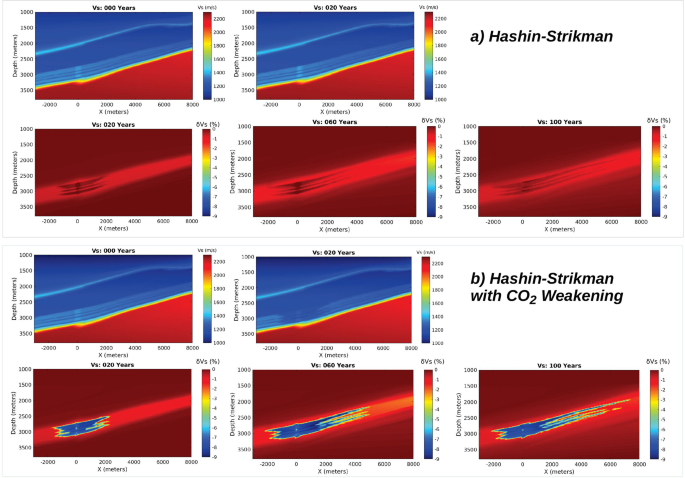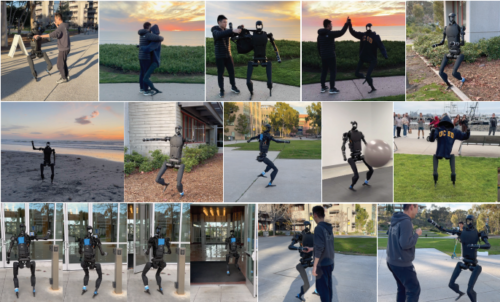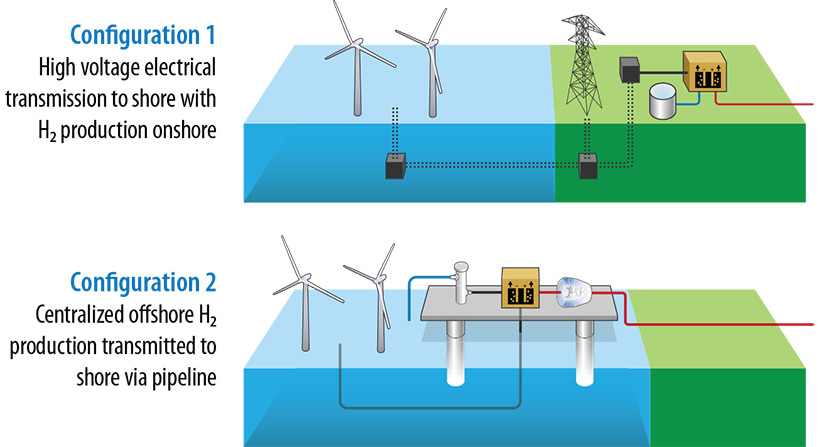2024-07-11 ロスアラモス国立研究所(LANL)
<関連情報>
- https://discover.lanl.gov/news/0711-geologic-carbon-storage/
- https://www.nature.com/articles/s43247-024-01493-6
地中炭素貯留の信頼できるモニタリングのためのCO2岩石物理モデリング CO2 rock physics modeling for reliable monitoring of geologic carbon storage
Neala Creasy,Lianjie Huang,Erika Gasperikova,William Harbert,Tom Bratton & Quanlin Zhou
Communications Earth & Environment Published:17 June 2024
DOI:https://doi.org/10.1038/s43247-024-01493-6

Abstract
Monitoring, verification, and accounting (MVA) are crucial to ensure safe and long-term geologic carbon storage. Seismic monitoring is a key MVA technique that utilizes seismic data to infer elastic properties of CO2-saturated rocks. Reliable accounting of CO2 in subsurface storage reservoirs and potential leakage zones requires an accurate rock physics model. However, the widely used CO2 rock physics model based on the conventional Biot-Gassmann equation can substantially underestimate the influence of CO2 saturation on seismic waves, leading to inaccurate accounting. We develop an accurate CO2 rock physics model by accounting for both effects of the stress dependence of seismic velocities in porous rocks and CO2 weakening on the rock framework. We validate our CO2 rock physics model using the Kimberlina-1.2 model (a previously proposed geologic carbon storage site in California) and create time-lapse elastic property models with our new rock physics method. We compare the results with those obtained using the conventional Biot-Gassmann equation. Our innovative approach produces larger changes in elastic properties than the Biot-Gassmann results. Using our CO2 rock physics model can replicate shear-wave speed reductions observed in the laboratory. Our rock physics model enhances the accuracy of time-lapse elastic-wave modeling and enables reliable CO2 accounting using seismic monitoring.




